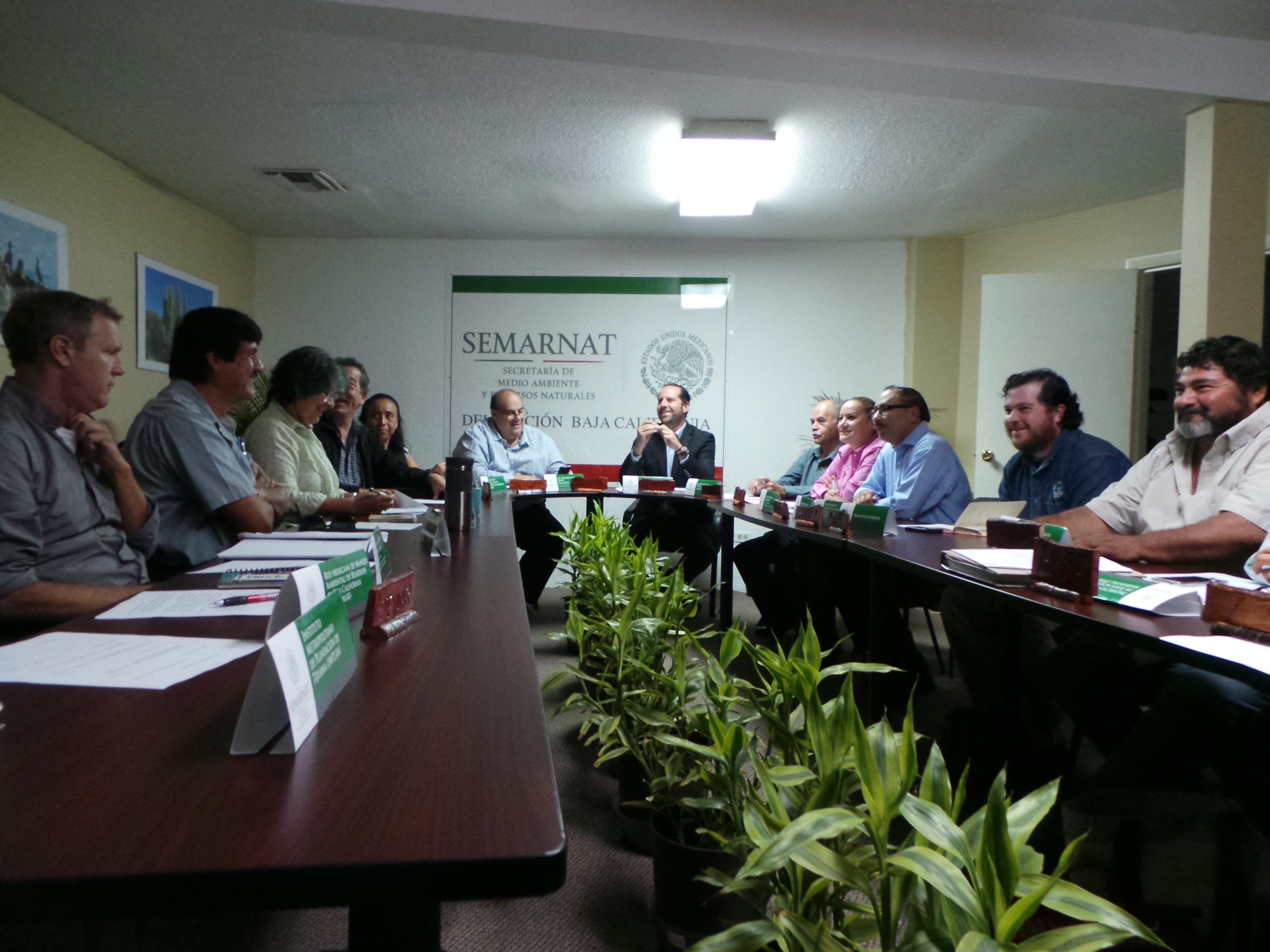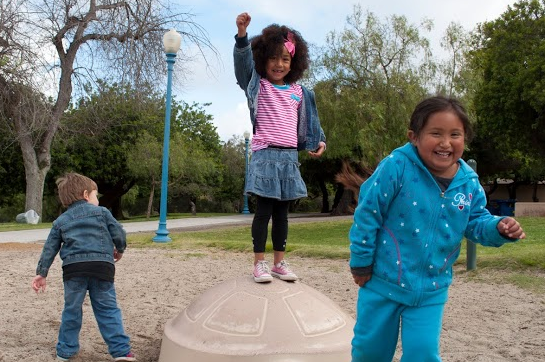 The San Diego Association of Governments (SANDAG) recently voted to expand our freeways by adding carpool lanes and bus-only lanes. Research shows that even coupling freeway expansion with carpooling and transit is not an effective way to relieve traffic congestion. As transportation justice advocates we know the solution to our meeting our transportation needs in a clean and healthy way means increased public transit, bicycling and walking paths before we resort to freeway expansion.
The San Diego Association of Governments (SANDAG) recently voted to expand our freeways by adding carpool lanes and bus-only lanes. Research shows that even coupling freeway expansion with carpooling and transit is not an effective way to relieve traffic congestion. As transportation justice advocates we know the solution to our meeting our transportation needs in a clean and healthy way means increased public transit, bicycling and walking paths before we resort to freeway expansion.
Freeway expansion doesn’t relieve traffic congestion.
Expanded freeways lead to more driving, more pollution and more greenhouse gasses in our atmosphere. Freeway expansion does not lead to less traffic. Repeat: Freeway expansion does not lead to less traffic. A study at UC Berkley covering thirty California counties between 1973 and 1990 found that for every ten percent increase in roadway capacity, traffic increased nine percent with a four years’ time. If we build the roads, cars will fill them.
Freeway expansion doesn’t support our economy.
Did you know expanding only one to two miles of state route 94 costs a whopping $500-600 million? Alternatively, this money could go to significant public transit upgrades that would stimulate our economy much more than freeway expansion. Research affirms that for every $10 million invested in public transit...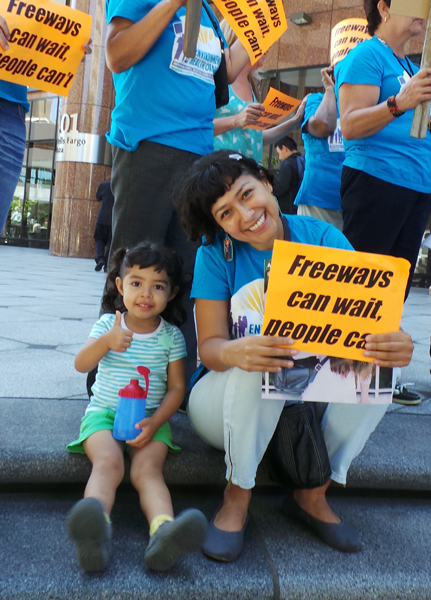
- Over 570 jobs are created in transit operation
- Business sees a $30 million increase in sales
- $15 million is saved by both highway and transit users
Freeway expansion worsens air quality and the effects of climate change.
Adding lanes to a freeway (even carpool lanes) still increases the amount of pollution each freeway emits. More lanes mean more cases of asthma, heart disease and cancer for communities near freeways who are already overburdened with poor air quality.
Why building new roads doesn't ease congestion (An excerpt from Suburban Nation: The Rise of Sprawl and the Decline of the American Dream). By. Andres Duany, Elizabeth Plater-Zyberk, and Jeff Speck. North Point Press, 2000, pp. 88-94.
Litman, Todd. Generated Traffic and Induced Travel Implications for Transport Planning. 24 April 2014. Victoria Transport Policy Institute.
Snyder, Tanya . Study: Building Roads to Cure Congestion Is an Exercise in Futility. May 31, 2011.
Downs, Anthony. Why Traffic Congestion Is Here to Stay... and Will Get Worse. Access. NUMBER 25, FALL 2004
Public Transportation and the Nation’s Economy: A Quantitative Analysis of Public Transportation’s Economic Impact; Prepared by Cambridge Systematics, Inc. with Economic Development Research Group


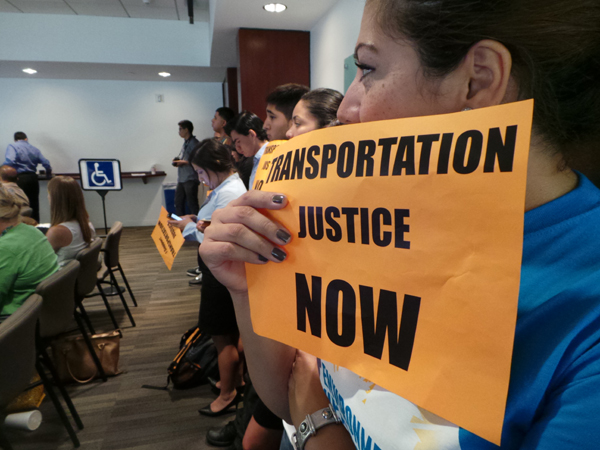
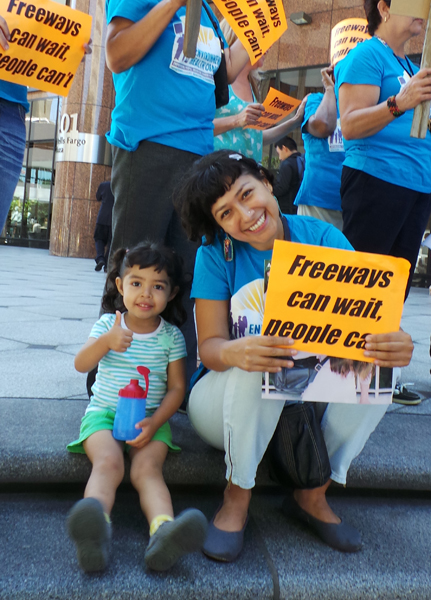

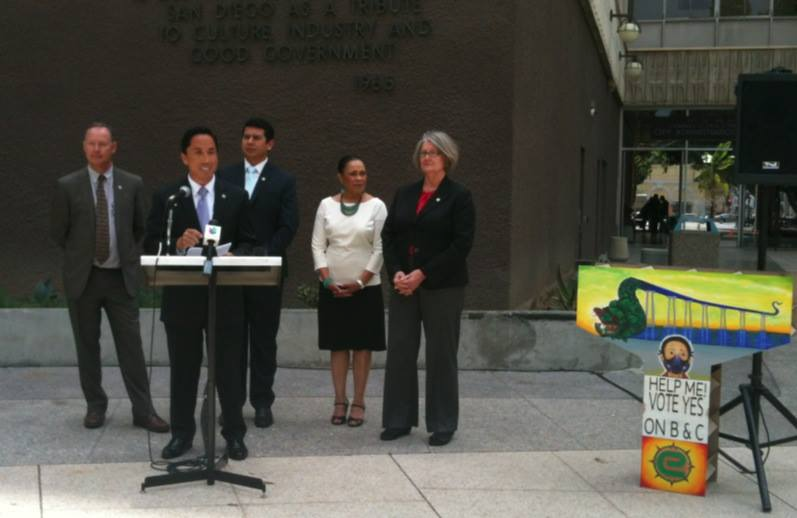 Environmental Health Coalition (EHC)
Environmental Health Coalition (EHC)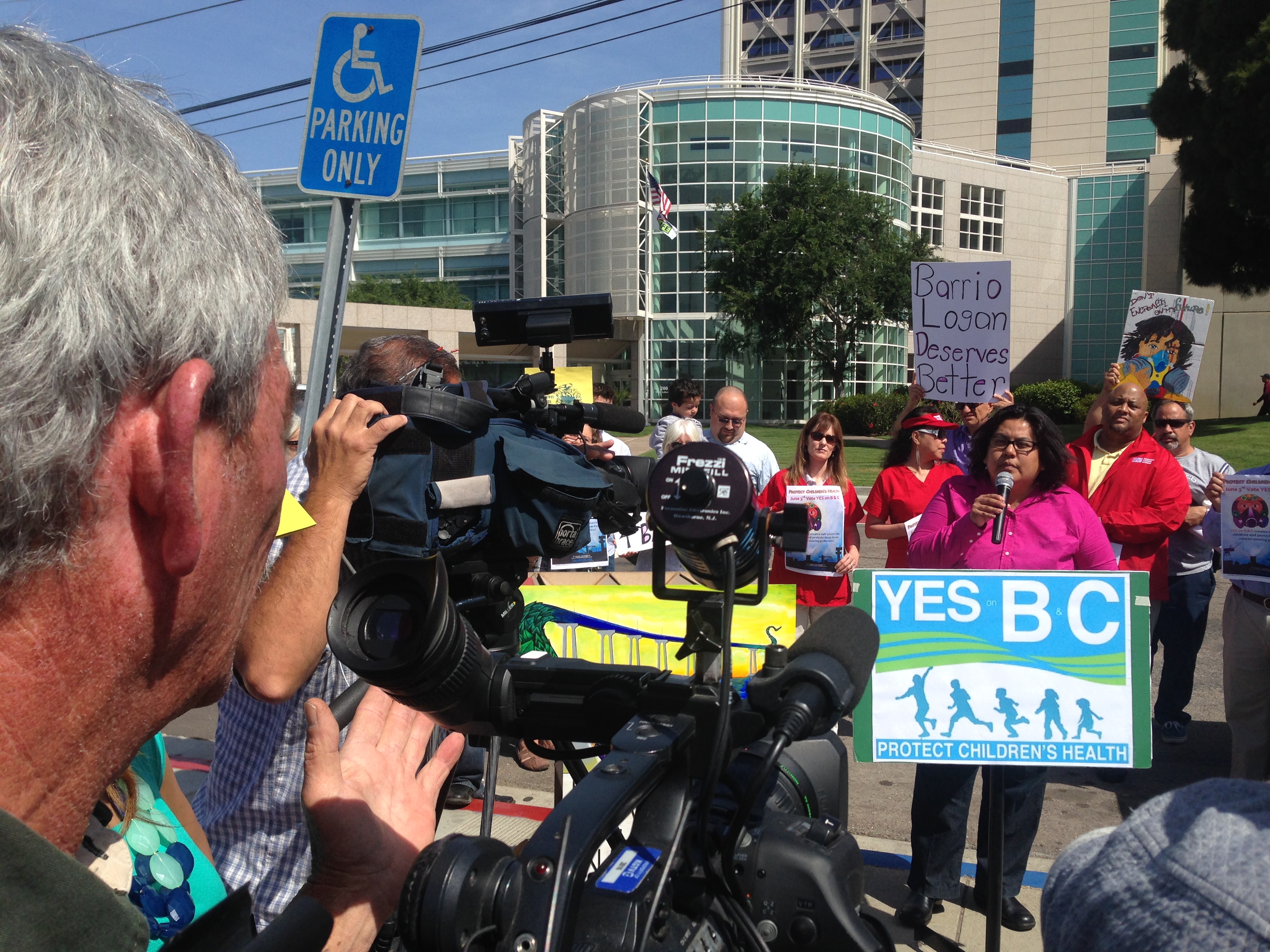 With our ever-growing community voice, we know Barrio Logan will earn a new community plan to make the neighborhood a healthy, safe place for families to thrive and grow just like the rest of San Diego. Until then, we continue to stand up for what we know every community deserves:
With our ever-growing community voice, we know Barrio Logan will earn a new community plan to make the neighborhood a healthy, safe place for families to thrive and grow just like the rest of San Diego. Until then, we continue to stand up for what we know every community deserves: 